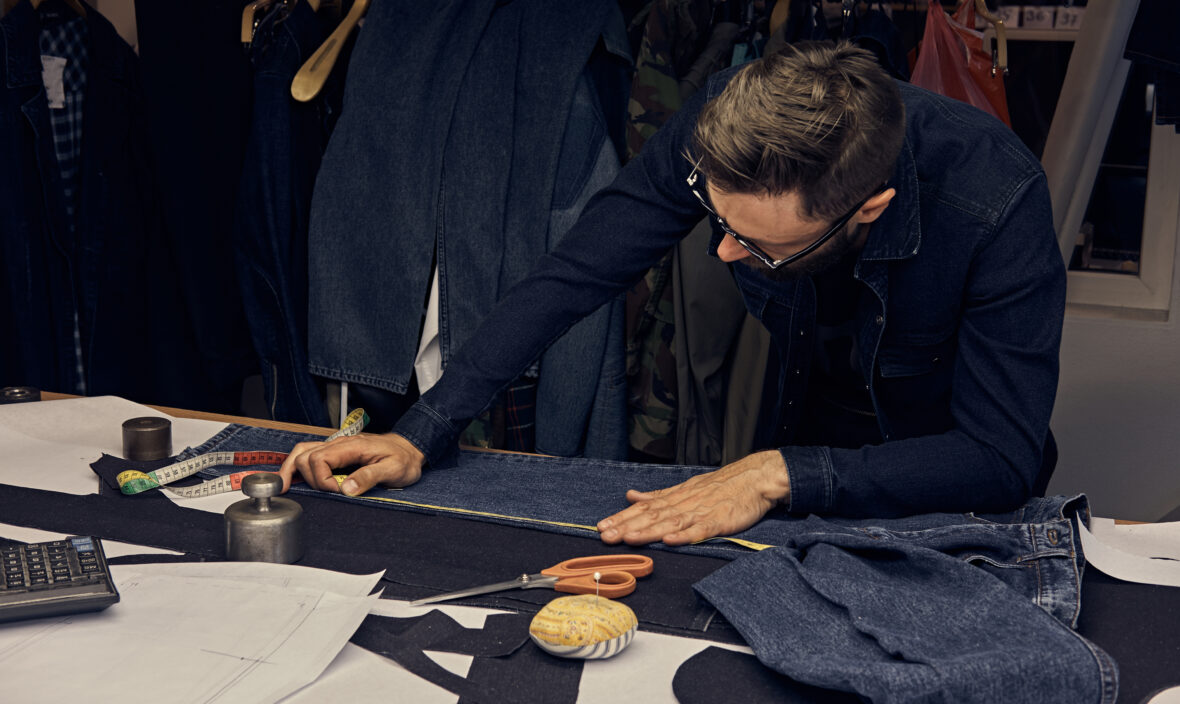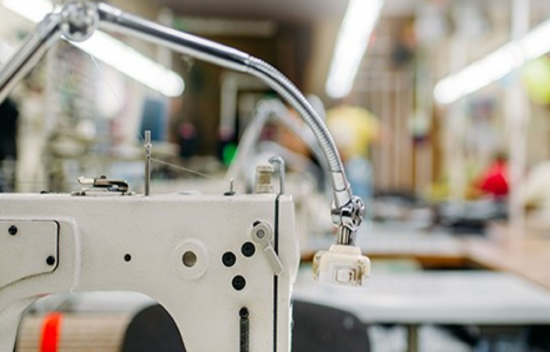Manufacturers are the backbone of the global frugality. These are the companies, individualities, and realities responsible for producing the goods that sustain diligence, drive husbandry, and fulfill consumer requirements. Whether it’s a small family-run plant or a massive transnational pot, manufacturers play an essential part in the force chain, ensuring that raw accouterments are converted into finished products that make their way to requests around the world.
In this composition, we will explore the concept of manufacturing, its significance, the types of manufacturers, the processes involved in manufacturing, and why manufacturing is so important for global frugality. We’ll also examine the challenges that manufacturers face and how they acclimatize to ultramodern changes in the assiduity.
What Is a Manufacturer?
A manufacturer is a reality that creates products through the use of labor, machines, tools, and chemical or natural processing. Manufacturers take raw accouterments and convert them into finished goods that can be vented to guests, and businesses, or used for further product processes.
Manufacturers can operate at colorful scales, from small shops making handwrought goods to large manufactories producing mass-request particulars like buses, electronics, and cabinetwork. The main thing of manufacturing is to meet the demands of consumers by producing high-quality goods efficiently and at competitive prices.
The part of Manufacturers in the Frugality:
Manufacturers play a vital part in both the original and global frugality. These are some of the crucial ways they contribute.
Economic Growth Manufacturing is a critical sector for profitable development. It contributes to GDP, creates jobs, and drives invention. Nations with strong manufacturing bases frequently witness advanced situations of industrialization, which boosts their profitable affair and standard of living.
Job Creation Manufacturing is one of the largest sources of employment worldwide. From plant workers to masterminds, marketers, and directors, manufacturing offers a wide range of job openings, which directly impacts the overall employment rate and reduces poverty situations.
Trade and Export Manufacturers frequently contribute significantly to import frugality. By producing goods that can be vented internationally, manufacturers help ameliorate a country’s balance of trade and give a source of foreign currency. Exporting manufactured products also leads to stronger global trade connections.
Supply Chain Development Manufacturers are integral corridors of the force chain. They not only give products to guests but also contribute to the demand for raw accouterments, transportation services, and other diligence, thereby boosting overall frugality.
Types of Manufacturers:
Manufacturers can be classified into different orders grounded on the type of products they produce, the scale of the product, and the request they serve. They are some of the main types
- Process Manufacturers
Process manufacturers produce goods through a series of chemical, physical, or natural processes. These goods are frequently in bulk and can not be disassembled into their raw accouterments formerly produced. exemplifications include food, potables, chemicals, medicinals, and petroleum products.
exemplifications oil painting refineries, pharmaceutical shops, and food processing companies.
- Discrete Manufacturers
separate manufacturers produce distinct particulars that can be counted, touched, and seen. These particulars can be taken piecemeal and are generally produced in batches. The product process involves assembling corridors and factors to form a final product.
exemplifications of Electronics manufacturers, carmakers, and toy directors.
- Job Shop Manufacturers
Job shop manufacturers handle custom or small-batch product runs. These manufacturers work on a made-to-order basis, frequently producing technical products grounded on client specifications. This type of manufacturing requires largely professed labor and outfits able to accommodate different designs and sizes.
exemplifications Custom cabinetwork makers, print shops, and essence fabulists.
- Mass Manufacturers
Mass manufacturers concentrate on producing large amounts of standardized products. These goods are generally vented in bulk to retailers or wholesalers. Mass manufacturing is designed to achieve husbandry of scale, reducing costs per unit while adding product effectiveness.
exemplifications machine assembly lines, vesture manufacturers, and consumer electronics manufactories.
- nonstop Manufacturers
nonstop manufacturers produce goods in a nonstop inflow, frequently operating 24/7. These products are generally goods that are used in a wide variety of diligence, similar to sword, paper, or cement.
exemplifications sword manufactories, paper manufacturers, and cement shops.
The Manufacturing Process:
The manufacturing process varies depending on the type of product being produced. still, utmost manufacturing processes partake in several common stages.
- Design and Prototyping
The first step in manufacturing is designing the product and creating prototypes. This step involves understanding client needs, request trends, and functional conditions. Prototyping allows manufacturers to test the design, identify any issues, and make necessary adaptations before mass product begins.
- Sourcing Raw Accoutrements
Once the design is perfected, manufacturers must reference the raw accouterments needed for the product. These accouterments can include essence, plastics, fabrics, chemicals, and more. The quality of raw accouterments plays a significant part in the quality of the final product.
- product
product is the core phase of the manufacturing process, where raw accouterments are converted into finished products. This can involve processes similar to molding, welding, slicing, assembly, or chemical responses. Depending on the scale of the product, manufacturing can be done through homemade labor, automated ministry, or a combination of both.
- Quality Control
Quality control ensures that the cultivated products meet certain norms and specifications. During this phase, products are tested for continuity, functionality, and safety. Any imperfect products are linked and repaired or discarded.
- Packaging and Distribution
Once the products pass quality control, they’re packaged and prepared for distribution. Packaging not only protects the products during conveyance but also plays a part in marketing, as seductive packaging can attract guests. Products are also packed to wholesalers, retailers, or directly to consumers.
- Post-Production Services
Some manufacturers also give post-production services similar to conservation, repairs, and guarantees. This ensures that guests are satisfied with their purchases and that any issues with the product can be resolved instantly.
Challenges Faced by Manufacturers:
While manufacturing can be largely satisfying, it also comes with its fair share of challenges
Rising Costs Manufacturers frequently face challenges in controlling product costs, particularly with the adding prices of raw accouterments, energy, and labor. Keeping costs under control while maintaining product quality is a constant balancing act.
Global Competition In the moment’s global business, manufacturers face fierce competition from companies worldwide. To stay competitive, manufacturers must introduce, ameliorate effectiveness, and reduce costs.
Supply Chain dislocations Manufacturers depend on a global force chain for raw accouterments and factors. dislocations, similar to those caused by natural disasters, geopolitical pressures, or afflictions, can lead to detainments and increased costs.
Technological Advancements Keeping up with technological advancements is essential for staying competitive. From robotization to artificial intelligence, manufacturers must continually invest in new technologies to ameliorate effectiveness and product quality.
Regulatory Compliance Manufacturing processes are frequently subject to strict regulations related to safety, environmental impact, and labor practices. Navigating these regulations can be time-consuming and expensive.
The Future of Manufacturing:
The manufacturing assiduity is evolving fleetly, driven by technological advancements and changing request dynamics. There are many trends shaping the future of manufacturing
robotization and AI Robotics and artificial intelligence are revolutionizing the manufacturing process, allowing for lesser perfection, brisk product times, and reduced labor costs.
Sustainability Manufacturers are decreasingly espousing sustainable practices, similar to using renewable energy sources, reducing waste, and designing products with a lower environmental footmark.
cumulative Manufacturing Also known as 3D printing, cumulative manufacturing is transubstantiating the way products are made. It allows manufacturers to produce complex, customized particulars more snappily and at a lower cost.
force Chain Translucency As consumers become more conscious of product origins, manufacturers are investing in technologies like blockchain to give lesser translucency and traceability in the force chain.
Conclusion:
Manufacturers are the heart of the global frugality. They transfigure raw accouterments into finished products that shape diligence, drive profitable growth, and meet the requirements of consumers worldwide. While the manufacturing sector faces multitudinous challenges, including rising costs, global competition, and force chain dislocations, it continues to evolve and acclimatize to ultramodern technological advancements. As we look to the future, manufacturers will play a critical part in creating a more sustainable, effective, and connected world.







Leave a comment